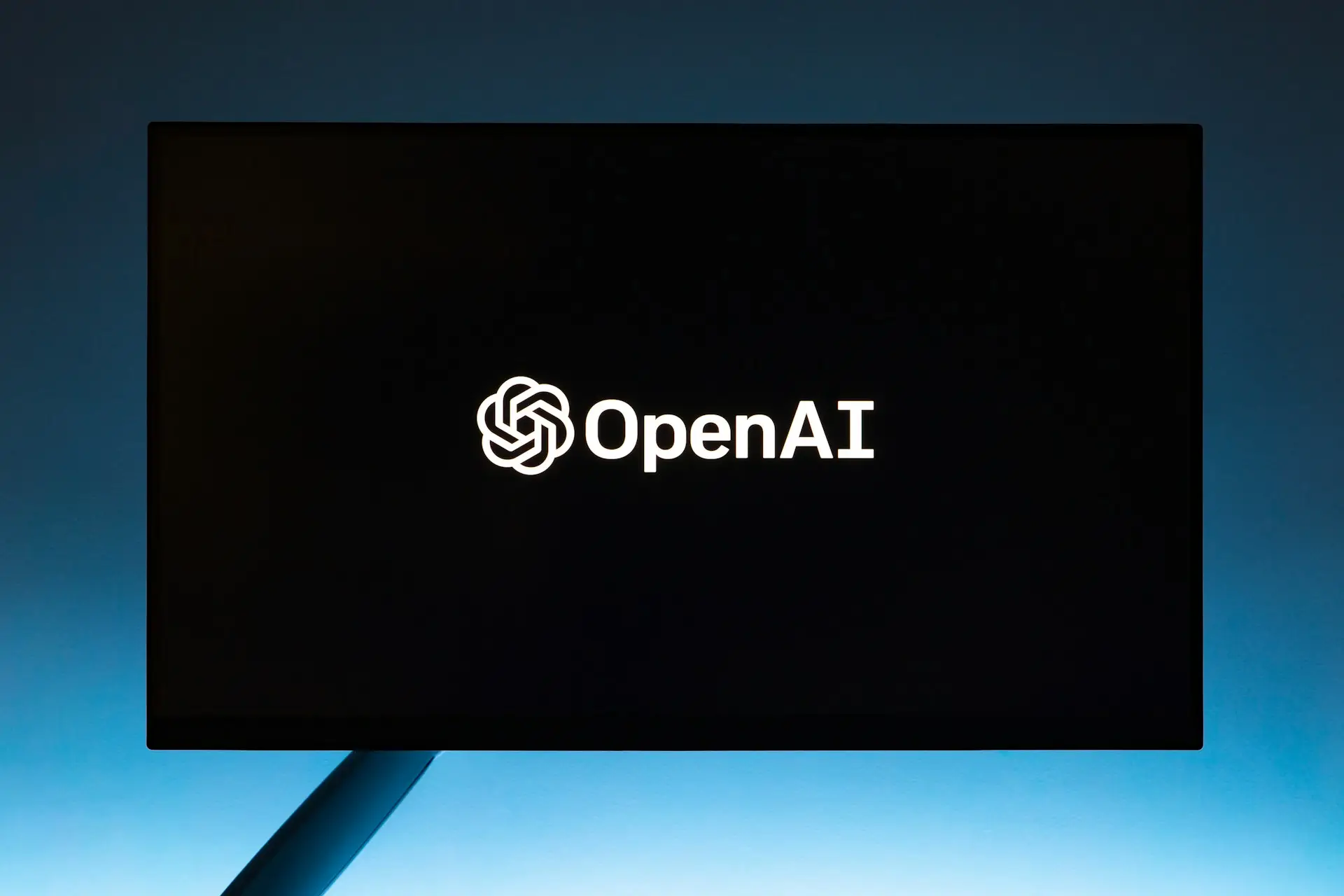In a watershed moment for artificial intelligence and the tech industry at large, OpenAI is preparing for a historic initial public offering (IPO) that could value the company at as much as $1 trillion—potentially making it one of the largest IPOs in history. According to Reuters and multiple sources close to the matter, the ChatGPT creator has begun laying the groundwork for a public listing as early as the second half of 2026, with a definitive target of 2027.
The IPO Timeline: What We Know So Far
OpenAI Chief Financial Officer Sarah Friar has communicated to associates that the company is targeting a 2027 listing, though some advisers believe the company could go public even sooner—potentially in late 2026. The company is contemplating filing its regulatory paperwork with the U.S. Securities and Exchange Commission as soon as the second half of 2026.
In preliminary discussions, OpenAI has considered raising a minimum of $60 billion, with indications that the final figure could be substantially higher. These discussions remain in the early stages, and both the amounts and timelines could shift based on the company’s growth trajectory and prevailing market conditions.
“An IPO is not our focus, so we could not possibly have set a date. We are building a durable business and advancing our mission so everyone benefits from AGI.”
— OpenAI Official Statement to Reuters
Why OpenAI Needs Public Markets Now
The urgency behind OpenAI’s IPO plans stems from the company’s massive capital requirements. OpenAI has revised upward its long-term spending projections, now expecting to burn approximately $115 billion through 2029—roughly $80 billion more than previously estimated. Annual spending is projected to accelerate dramatically:
- 2026: $17 billion
- 2027: $35 billion
- 2028: $45 billion
These expenditures are primarily allocated toward expanding compute infrastructure, developing proprietary AI chips, constructing data centers, and funding intensive model training programs. More than half of the spending through 2029 will support research-intensive compute for model training and development.
Access to public markets would facilitate more effective capital accumulation and permit larger acquisitions funded by public stock, aiding CEO Sam Altman’s ambitions to invest trillions into AI infrastructure and maintain OpenAI’s leadership position in the AI race.
The Financial Picture: Revenue Acceleration
OpenAI’s financial trajectory in 2025 has been extraordinary. The company is on track to reach $20 billion in annualized revenue by year-end 2025, compared to just $12 billion reported in July 2025 and $3.7 billion in 2024. This represents explosive growth:
| Year | Revenue |
|---|---|
| 2022 | $28 million |
| 2023 | $2 billion |
| 2024 | $3.7 billion |
| 2025 (Projected) | $15-20 billion |
The company’s revenue composition reflects a sophisticated multi-tier model: 55-60% from consumer subscriptions (ChatGPT Plus at $20/month with ~15 million paying subscribers), 25-30% from enterprise solutions targeting 3 million paying business users, and 15-20% from API and developer platform usage.
However, it’s important to note that OpenAI is not yet profitable. The company projects losses of approximately $8 billion in 2025 due to the intensive computational costs required to train and run large language models. The company targets achieving cash flow positive operations by 2029.
Strategic Restructuring: Breaking Free from Non-Profit Constraints
OpenAI’s path to the public markets became viable following the company’s completion of a complex restructuring in October 2025, transitioning from its non-profit roots to a public benefit corporation structure (OpenAI Group PBC). This restructuring had been under investigation by California Attorney General Rob Bonta’s office, but received final approval on October 28, 2025.
Under the new structure:
- The OpenAI Foundation (non-profit) retains control and owns 26% of the for-profit company
- Microsoft holds approximately 27% of the restructured company (valued at ~$135 billion)
- Employees and other investors hold the remaining 47%
This restructuring was essential for accessing capital markets, as the previous non-profit structure severely limited the company’s ability to raise funding or conduct acquisitions. The non-profit OpenAI Foundation now receives an equity stake valued at $130 billion, making it one of the world’s wealthiest nonprofits and ensuring the organization’s charitable mission remains at the center of the business.
Independence from Microsoft and Strategic Partnerships
A key driver of the IPO timeline is OpenAI’s push to reduce dependence on Microsoft, despite the tech giant’s $13 billion+ investment in the company. The restructuring announcement included a revised partnership agreement where:
- Microsoft’s IP rights to OpenAI models and products are extended through 2032
- OpenAI has committed to purchasing $250 billion in Azure cloud services from Microsoft
- OpenAI now has the flexibility to develop products with other partners and secure compute resources elsewhere
- Microsoft is no longer the sole compute provider with exclusive first-refusal rights
This restructured relationship allows OpenAI greater commercial flexibility while maintaining the strategic partnership that has been crucial to its development. The independence achieved through an IPO would further reduce dependence on any single investor or partner.
The IPO’s Historical Significance
If OpenAI achieves a $1 trillion valuation and raises $60+ billion in its IPO, it would shatter existing records. The current record for money raised in a single IPO is held by Saudi Aramco, which raised $25.6 billion in December 2019. The largest tech IPO to date was Alibaba Group’s $26 billion offering in 2014.
An OpenAI IPO at the projected scale would represent a seismic shift in the capital markets and signal institutional acceptance of the artificial intelligence revolution. Such a listing would likely accelerate investment in AI infrastructure, chip manufacturing, and related technologies across the industry.
What’s Next?
While Sam Altman stated on a recent livestream that going public is “the most likely path for us, given the capital needs that we’ll have,” OpenAI’s official position remains cautious. The company acknowledges that preliminary discussions are ongoing and that timelines could shift based on business growth and market conditions.
The coming months will be crucial in determining whether OpenAI can maintain its growth trajectory, secure the necessary regulatory approvals, and navigate the complexities of preparing for a public offering of this magnitude. For investors, employees, and the tech industry at large, the stakes could hardly be higher.




